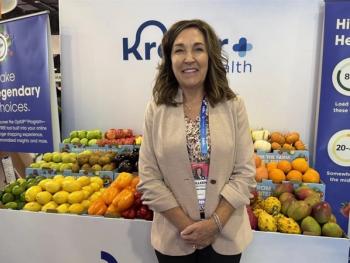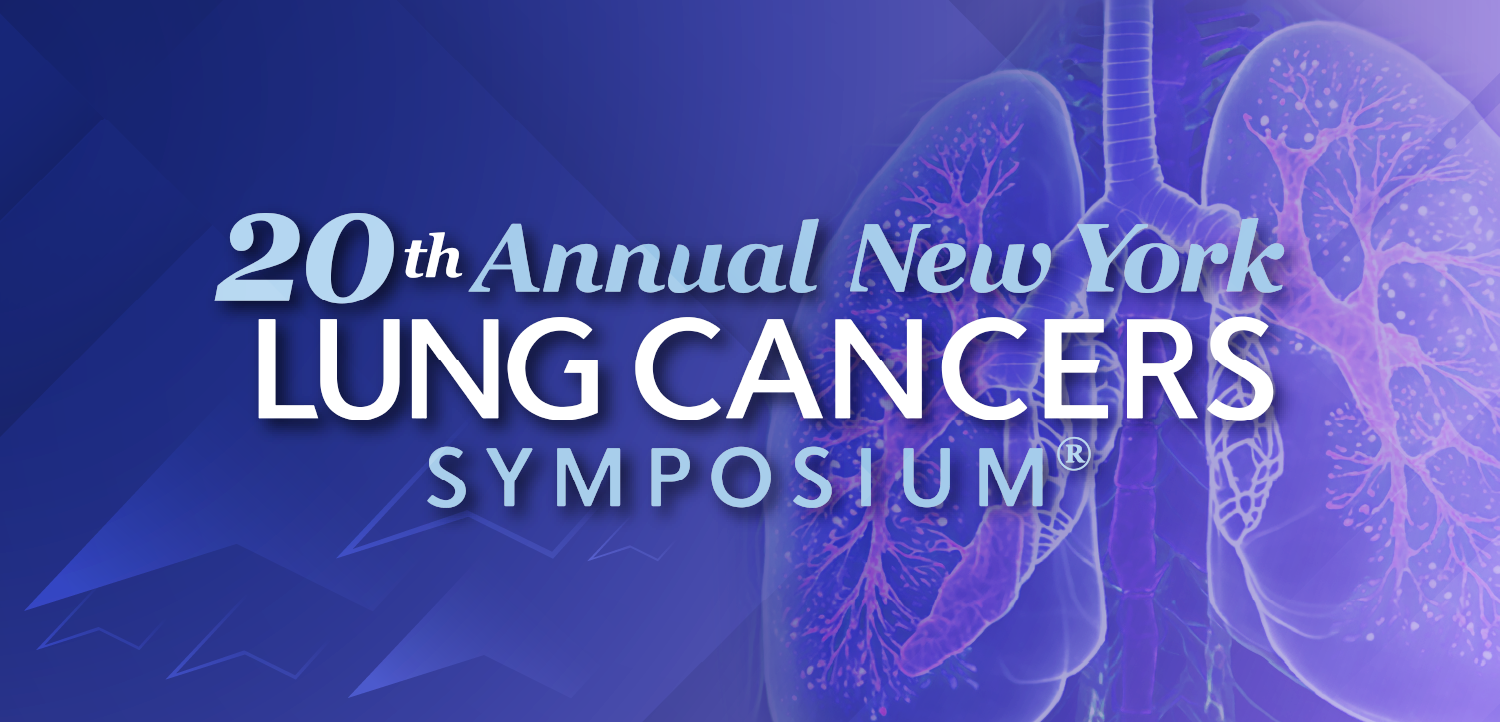
More pregnant, postpartum women are dying of overdoses
Mortality rates rose significantly from 2018 to 2021, according to an NIH study.
Fatal overdoses among pregnant and postpartum girls and women have surged in recent years, researchers with the National Institutes of Health say.
Among women 35 to 44 years old, the overdose mortality rate more than tripled from 2018 to 2021, according to findings published in
Researchers with the National Institute for Drug Abuse, part of NIH, analyzed overdose deaths from January to June 2018 and July to December 2021. They studied women and girls between the ages of 10 and 44 who were pregnant or had been pregnant within the previous 12 months. Researchers examined unintentional drug overdoses and overdoses with undetermined intent.
Pregnant and postpartum women aged 35 to 44 had the highest rate of fatal overdoses. The mortality rate rose from 4.9 per 100,000 mothers in 2018 to 15.8 per 100,000 in 2021.
Fatal overdoses nearly doubled among pregnant individuals between 10 and 44, rising from 3.1 per 100,000 in 2018 to 6.1 in 2021.
More than 60% of pregnant and postpartum individuals who suffered fatal overdoses died outside of healthcare settings, the NIH says.
Pregnant and postpartum women should be encouraged to seek treatment, and the authors called for national and local policies that encourage “nonpunitive approaches.”
Nora Volkow, director of the National Institute on Drug Abuse and a lead author of the study said too many are discouraged from getting help. Women with children or who are pregnant face fines, jail time and potentially the loss of custody of kids if they are determined to be using drugs, so some don’t pursue treatment.
“The stigma and punitive policies that burden pregnant women with substance use disorder increase overdose risk by making it harder to access life-saving treatment and resources,” Volkow said in a statement. “Reducing barriers and the stigma that surrounds addiction can open the door for pregnant individuals to seek and receive evidence-based treatment and social support to sustain their health as well as their child’s health.”
Women who are pregnant have more difficulty than others in getting treatment for substance use, researchers found in a 2020 study published in
In the new study, researchers examined pregnant and postpartum patients who died of overdoses with two other groups: women who died of other obstetric causes and those who suffered fatal overdoses but weren’t pregnant and hadn’t recently had a child.
Pregnant individuals who suffered fatal overdoses were more likely to be younger, have less education and be unmarried than pregnant women who died of obstetric causes. Compared to those who died of obstetric causes, those pregnant individuals who suffered fatal overdoses were more likely to be 10 to 34 (75.4% to 59.5%); non-college graduates (72.1% to 59.4%); and unmarried (88% to 62.1%).
The latest study comes alongside an alarming uptick in maternal deaths in recent years.
Healthcare leaders point out that too many pregnant women and postpartum patients have trouble getting the care they need. A March of Dimes analysis found that roughly
Read more:

















































